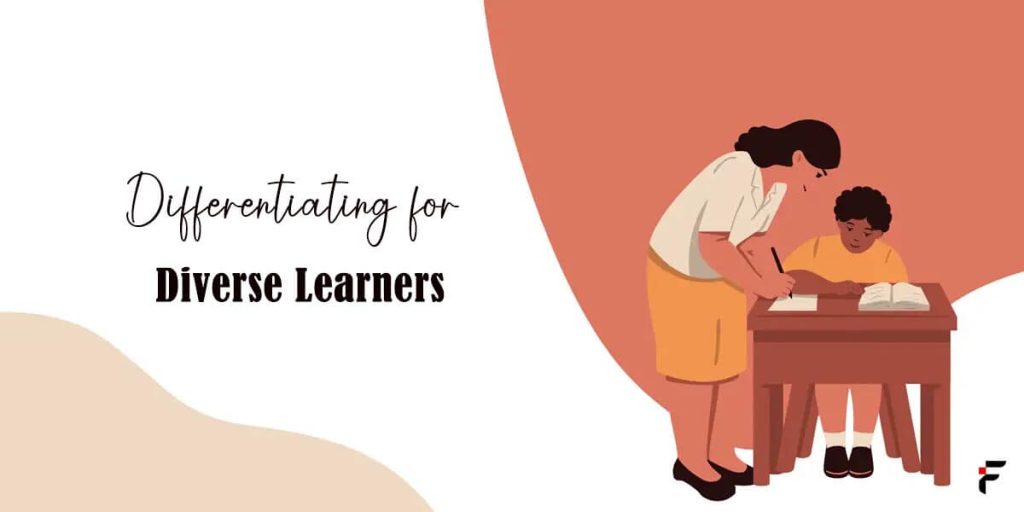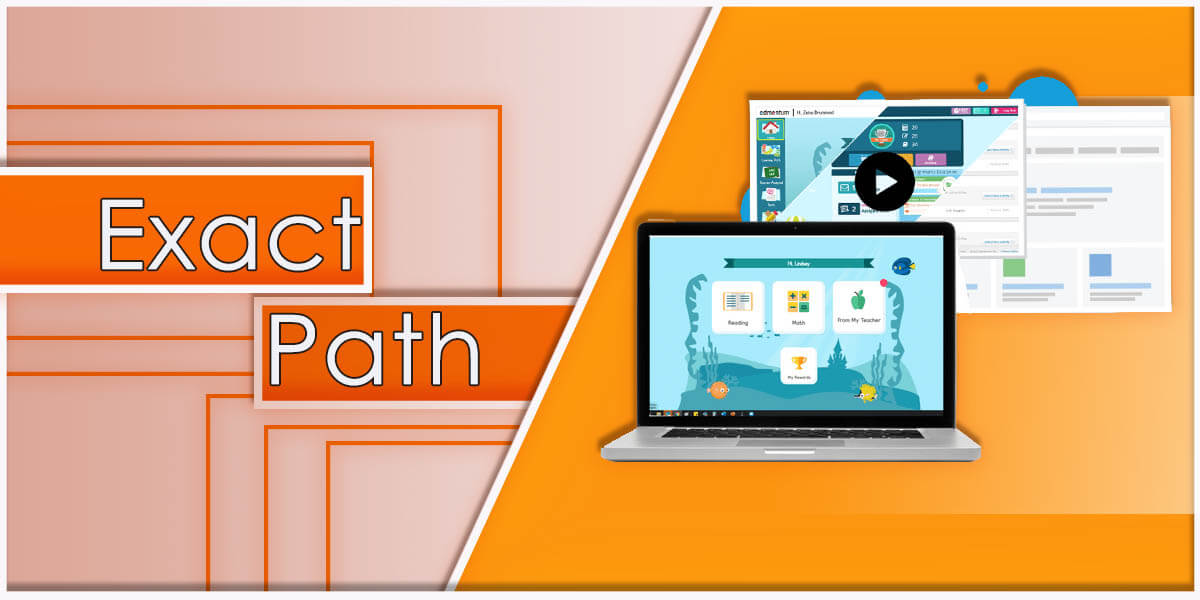Guided reading is one of the most effective instructional approaches for developing proficient readers. When implemented successfully, it allows teachers to meet students at their instructional level and systematically build their reading skills through targeted support and practice. However, guided reading can also be challenging to plan for and manage effectively in the classroom. This comprehensive guide aims to provide teachers with practical pro tips and best practices for ensuring success with guided reading.
What is Guided Reading?
Guided reading is a small-group instructional approach used in classrooms to teach reading skills. During guided reading lessons, the teacher works with a small group of students who read similar levels of texts. The teacher supports each student in building reading proficiency through targeted instruction on skills and strategies for comprehending texts. With teacher guidance and scaffolding, students learn how to apply independent reading behaviours effectively. Guided reading aims to help students develop as self-directed readers who read independently for understanding, enjoyment and information.
Benefits of Guided Reading
Exposure to Authentic Reading Experiences
During guided reading, students engage with real books and practice the kinds of reading behaviours expert readers demonstrate independently, like monitoring comprehension, rereading when meaning breaks down, and self-correcting miscues. These authentic reading experiences build reading stamina and promote lifelong independent readers.
Skill Development in Context
New reading skills are taught within the context of actual texts, not in isolation. Students learn to problem-solve unknown words, generate questions, summarize, infer, and more as they read texts on their instructional level. This contextualized approach leads to deeper understanding and retention of skills.
Motivation and Engagement
When students experience success reading texts that match their abilities with teacher support, their confidence and motivation to read increases; guided reading creates a positive environment where students are excited to read and learn from each other. This motivation to read, in turn, further accelerates reading progress.
Tips for Success

Selecting Appropriate Texts
One of the most important factors determining the success of guided reading is choosing texts that are well-matched to students’ instructional levels. Here are some tips for selecting appropriate texts:
- Assess students regularly using a running record or other formative assessment to determine their reading levels. Guided reading books should be easy and easy enough.
- When selecting texts, consider students’ interests, cultural backgrounds, and prior knowledge. Engaging in topics will increase motivation.
- Vary text types, including fiction, nonfiction, and poetry. Exposure to different genres supports reading development.
- Introduce new concepts or skills gradually through the texts. Stretch students’ abilities while still maintaining a high success rate.
- Maintain a collection of 30-50 books per level. Variety prevents boredom and allows flexibility based on student needs.
- Continually update your library with new releases. Current topics keep learning relevant and engaging.
- Leverage classroom, school, and public libraries to supplement your collection. Partnerships maximize resources.
Organizing Materials and Space
An organized, uncluttered learning environment sets students up for success. Here are some tips:
Designate a quiet, guided reading area away from distractions. A separate table or reading nook works well. Store guided reading books for each level in labelled bins accessible to students.
Have extra copies of books available so students can reread independently. Digital copies extend access.
Prepare each group’s lesson folders or binders with bookmarks, sticky notes, graphic organizers, and other instructional materials. Set up a word workstation with magnetic letters, syllable tiles, and other phonics tools for differentiated practice. Display anchor charts with reading strategies and skills you target where students can reference them. Consider providing headphones, lamps, or other comfort items to create an inviting atmosphere.
Maximizing Small-Group Time
Every moment of instructional time counts with only 15-20 minutes per group. Here are tips for maximizing impact:
- Establish routines and expectations for independent work so transitions are seamless.
- Preview the text briefly by discussing the cover, title, and author without revealing too much plot or information.
- Model fluent reading and thinking aloud to demonstrate comprehension strategies.
- Pose open-ended questions that require inferencing, critical thinking, and text-based answers.
- Circulate to provide immediate feedback, assistance, and next steps for practice.
- Incorporate brief word work or other skill-building activities related to the text.
- Discuss the text thoroughly and have students apply comprehension.
- Assign independent extensions for students to apply skills like writing or project-based learning.
- Monitor progress through observation, reading records, and formative assessments to regroup students flexibly.
Differentiating for Diverse Learners

The beauty of guided reading is its ability to meet students where they are through differentiation. Here are some tips:
Group students flexibly by skill need, not just reading level. Mix abilities for peer modelling.
Use multi-sensory techniques to teach or re-teach concepts before or after reading for struggling students. Provide advanced readers with more complex texts and open-ended extension activities for enrichment. Use alternative formats, including audiobooks, digital texts, or adapted text for learners with specific needs.
Incorporate movement, hands-on manipulatives, assistive technology, or other modifications based on IEP/504 plans. Assign leadership roles within groups such as question askers, passage summarizers, or word masters. Challenge all students at the “stretch zone” of their abilities through higher-order thinking.
Sustaining Momentum and Accountability
Maintaining a guided reading program requires ongoing effort, but these tips will help you sustain success:
Communicate guided reading goals and data with parents regularly through conferences, newsletters, or online portfolios. When possible, collaborate with grade-level or content-area teachers to integrate guided reading skills into other lessons. Build in protected time for lesson planning, material preparation, assessment analysis, and professional development on guided reading topics.
Recruit and train volunteers such as literacy coaches, student teachers, or parent helpers to assist with lower-level groups or independent stations. Celebrate progress publicly through classroom displays, awards, or positive notes to recognize effort. Reflect regularly on what works and adjust guided reading practices based on student responses and data. Continue refining your craft through action research, professional learning communities, or guided reading courses.
Read More: A Step-by-Step Teaching Guide to Close Reading Strategies
Conclusion
When implemented with care and consistency, guided reading provides invaluable opportunities for students to develop as proficient, motivated readers. This comprehensive guide has outlined best practices for selecting texts, organizing materials, maximizing instruction, differentiating, and sustaining a guided reading program. Following these pro tips will maximize the impact of guided reading lessons and support all students in achieving reading success.




